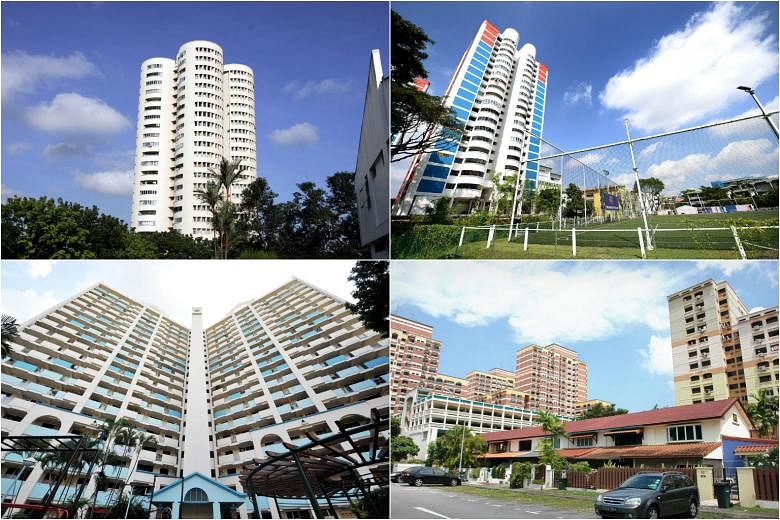"Diamond blocks" refer to flats built in the 1970s by the JTC Corporation in the western part of Singapore. They are connected to form a diamond with a courtyard in the middle.
A few remain in Yung Kuang Road and Boon Lay Drive. They are one example of an unusual design in public housing before the present-day crop of showcase projects like the Pinnacle and SkyVille @ Dawson.
Here are some estates where you can find Housing Board (HDB) flats which do not fit into the usual mould.
1. Ang Mo Kio
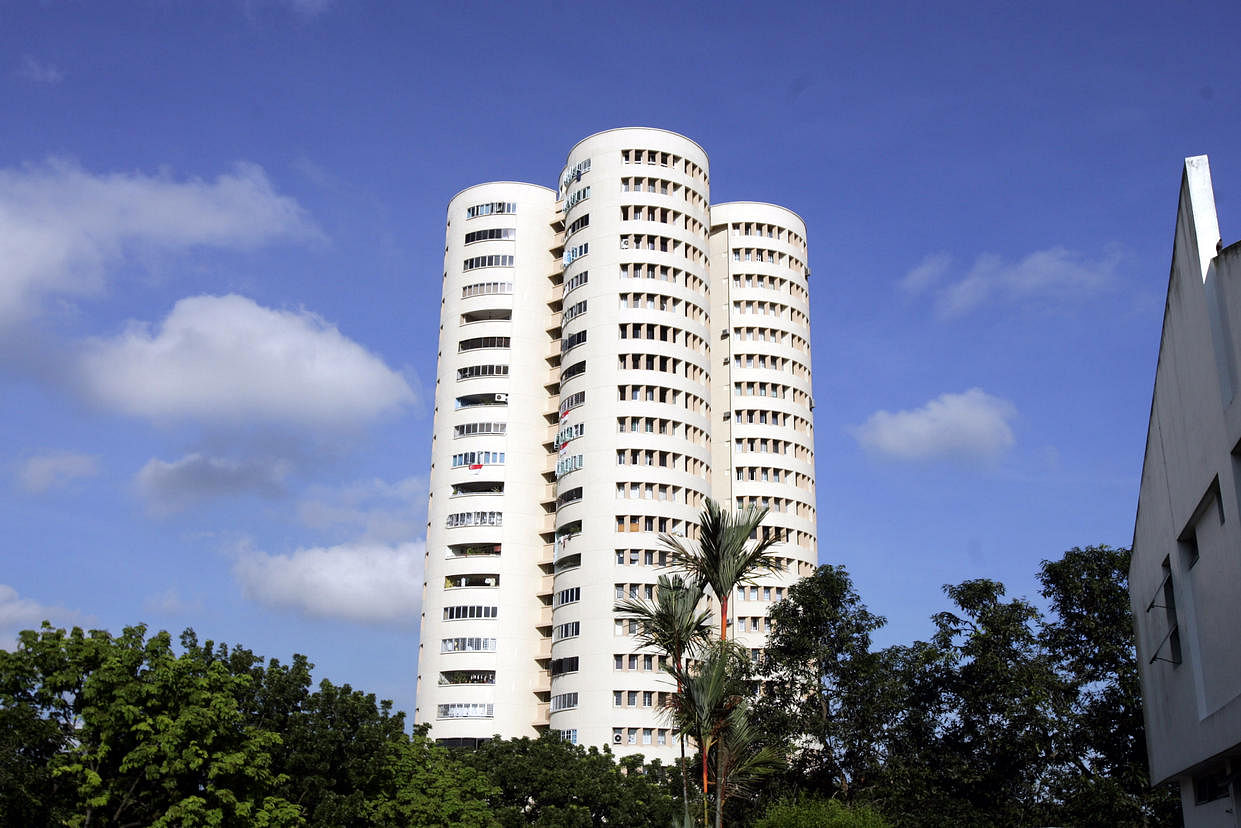
The circular Block 259 in Ang Mo Kio Avenue 2 immediately comes to mind. Made up of four 25-storey circular columns, it has been re-named The Clover @ Kebun Baru.
They are the first and only circular flats in Singapore, and there is an interesting story behind them.
The block, completed in 1981, was meant to be the signature building that marks the start of Ang Mo Kio town.
As the pressure to build more flats quickly eased in the 1980s, the HDB began experimenting with different designs. The idea was to have one unique building at the entrance of each town, but this evolved into having unique design features for each HDB cluster.
There were some complaints from potential home owners then that it would be hard to fit furniture and install fittings into the circular rooms.
2. Aljunied
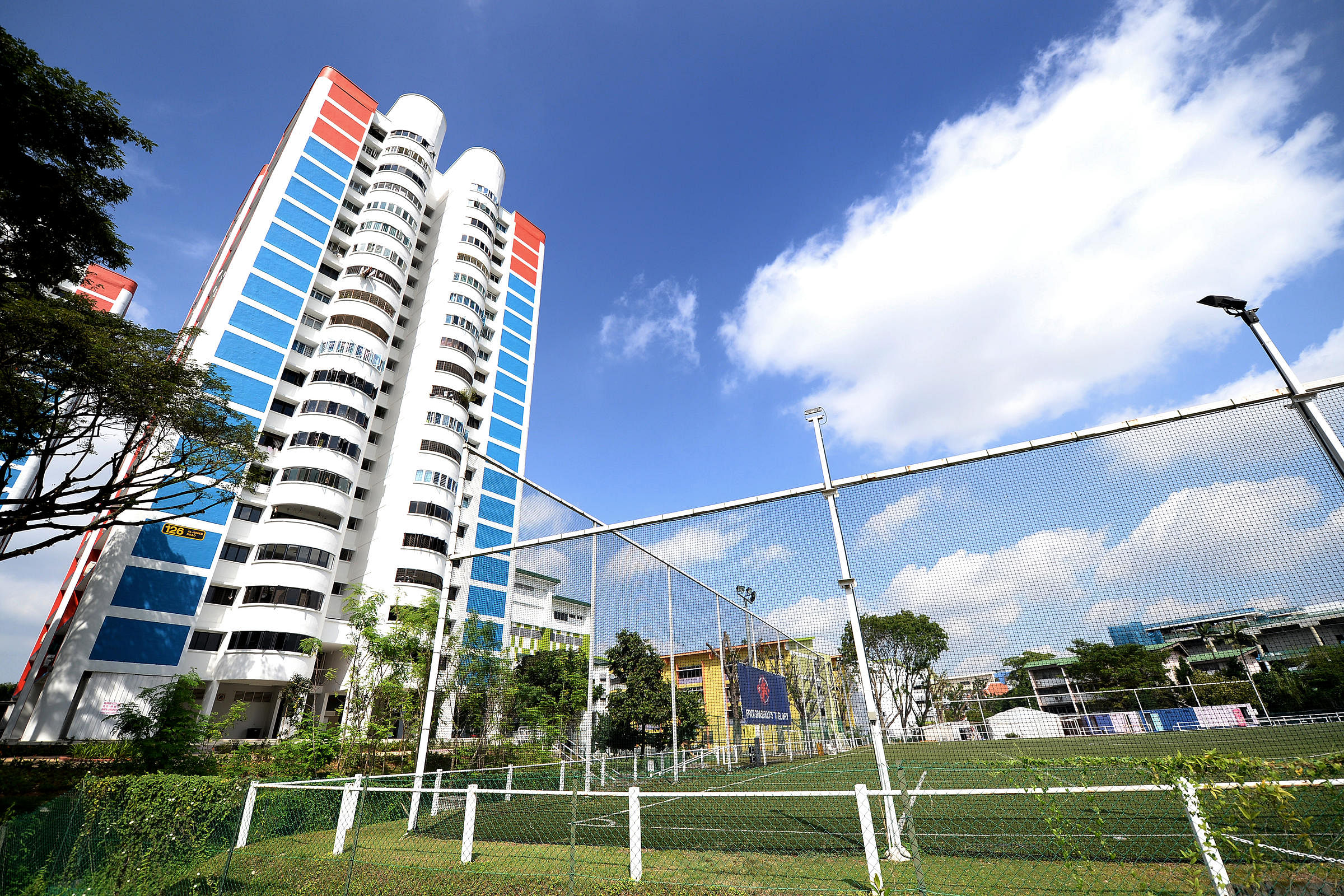
The circular theme was not completely abandoned however. As some blocks from the early 1980s show.
Point blocks with circular balconies and rounded corners can be found in Aljunied Road, and Zion Road.
3. Toa Payoh
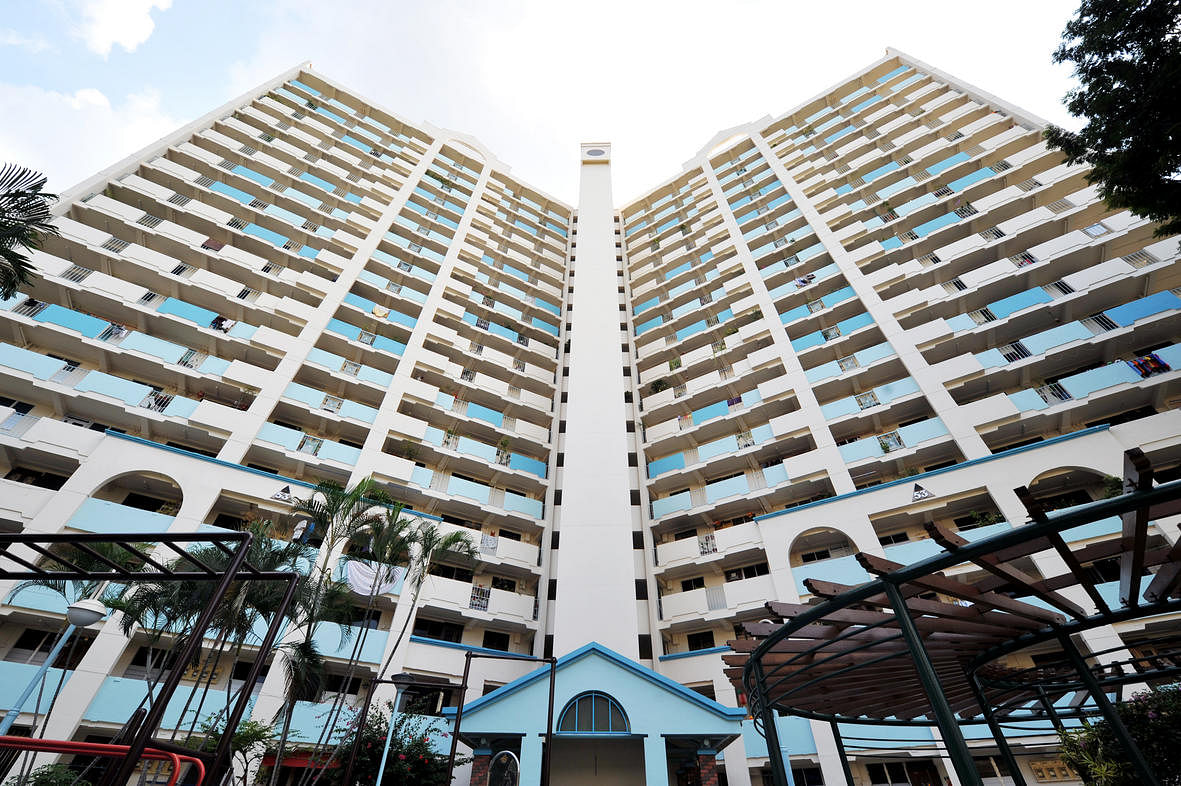
Did you know that Toa Payoh means big swamp? That was what it was in the 1900s. In the 1960s, it became the first housing estate planned and built solely by HDB.
By 1972, it was a full-fledged satellite town and saw a young Queen Elizabeth II visiting Block 53 in Lorong 5.
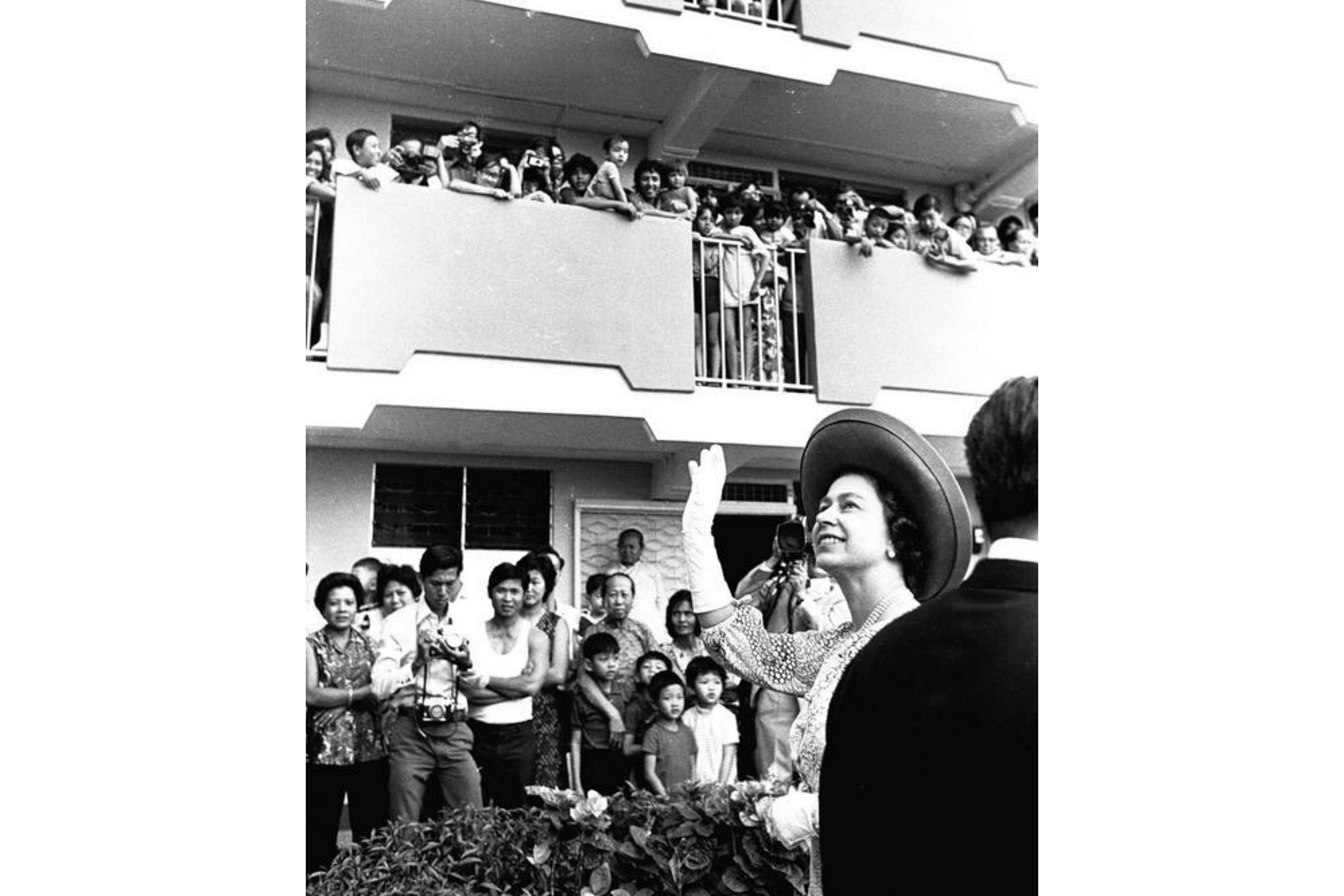
The 19-storey building was one of the tallest in Toa Payoh, and a rooftop viewing gallery offered guests a great view of what was then a new town.
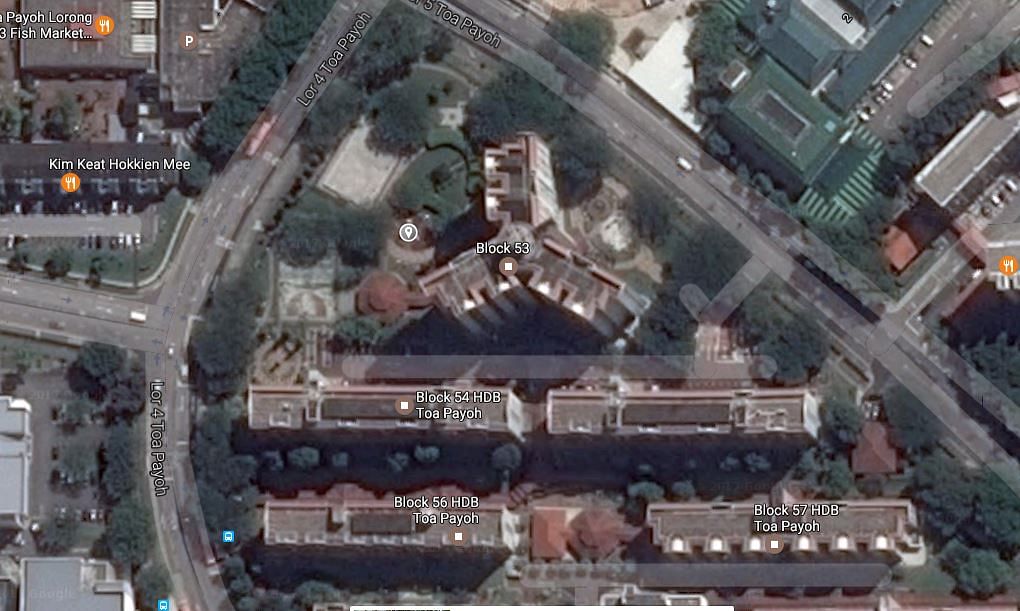
It also sported a Y-shaped design that remains unique to this day.
4. Whampoa and Queenstown
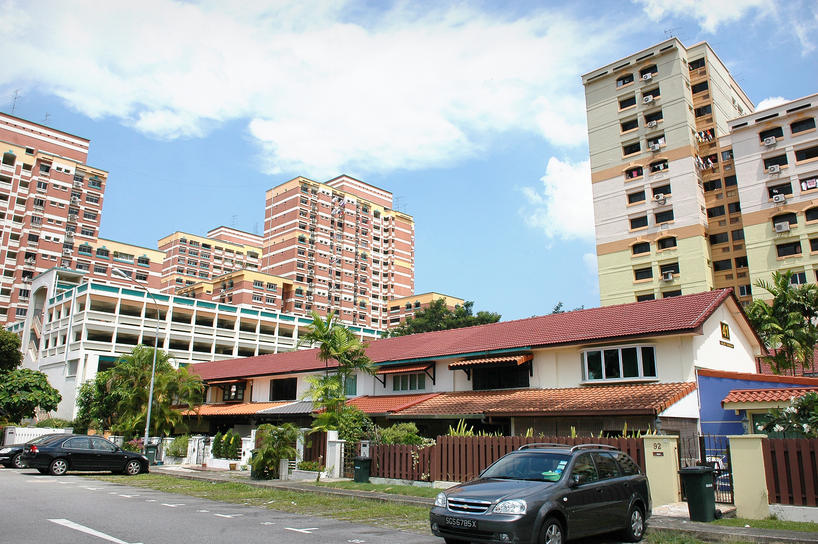
Rare HDB landed homes in Whampoa and Queenstown were built decades ago by the Singapore Improvement Trust (SIT), HDB's predecessor.
There are just 285 such houses in Singapore. While expensive for public housing, they are some of the cheapest landed homes in Singapore.
In 2015, one sold for $958,000. That works out to $370 per sq ft for the 241 sq m house.
5. Bubble lifts
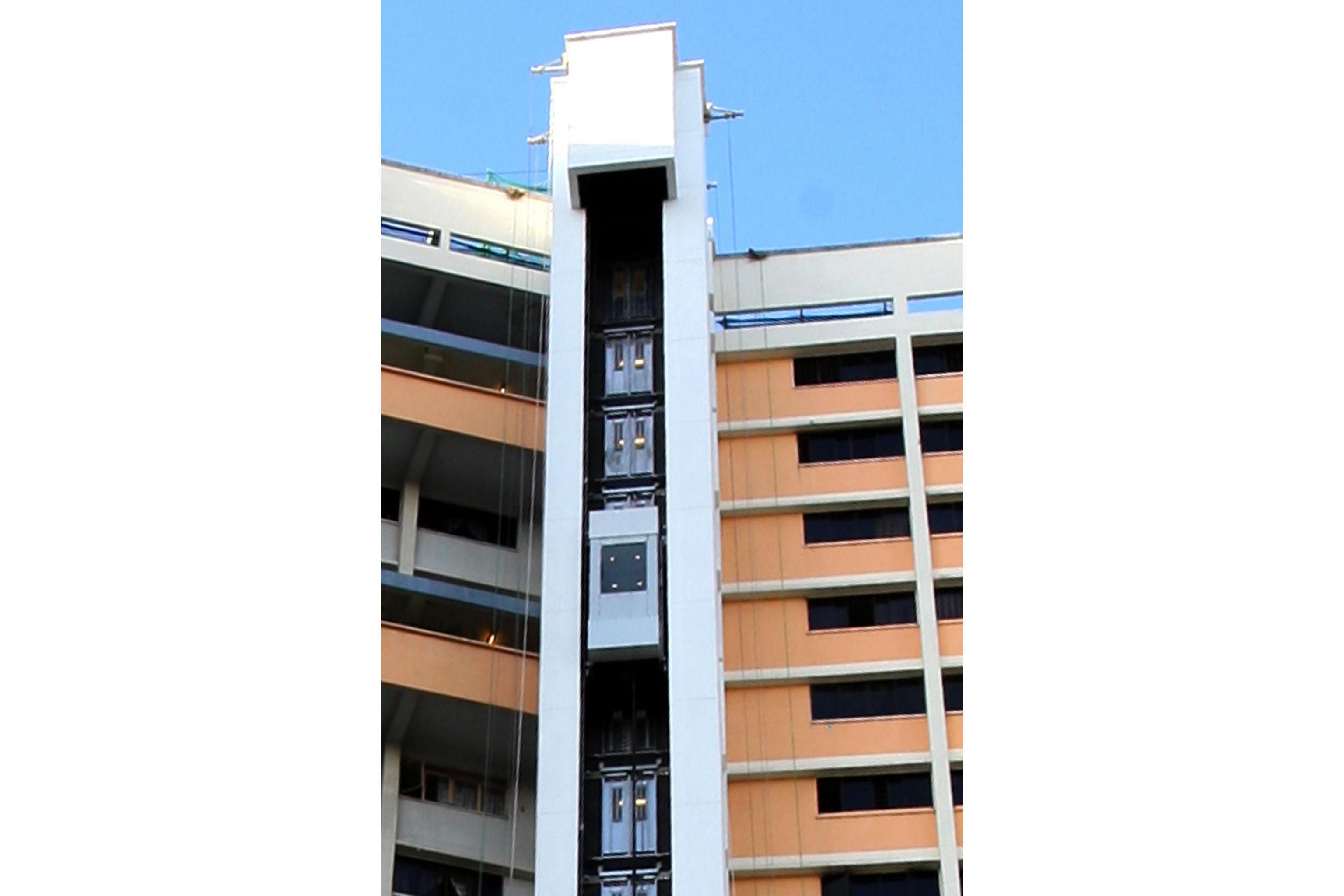
Some blocks in areas such as Jurong East Street 24, Buffalo Road in Little India, and Sims Drive in Aljunied got bubble lifts when their lifts were upgraded in 2007.
They were faster and cheaper to build, and, certainly, a hit with children.
6. Kampong Silat
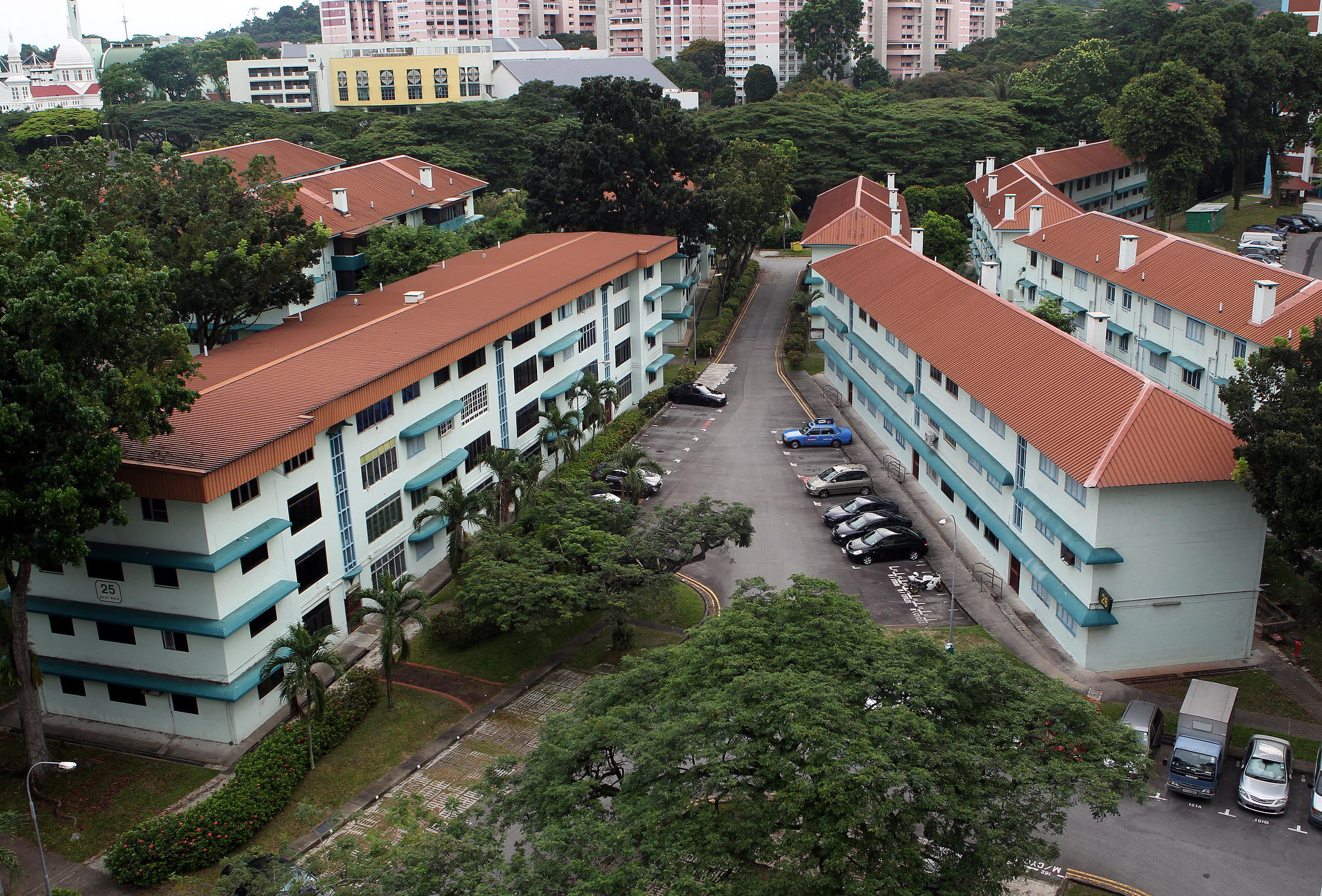
Kampong Silat was the second pioneering estate planned by the SIT to be a self-contained "village", after Tiong Bahru.
It was built between 1948 and 1952.
The design is described as "very elegant and well considered in their proportions and visual balance in relation to the undulating terrain" on the Urban Redevelopment Authority's (URA) website.
Five of the blocks have been gazetted for conservation while about 10 were demolished.
7. Tiong Bahru
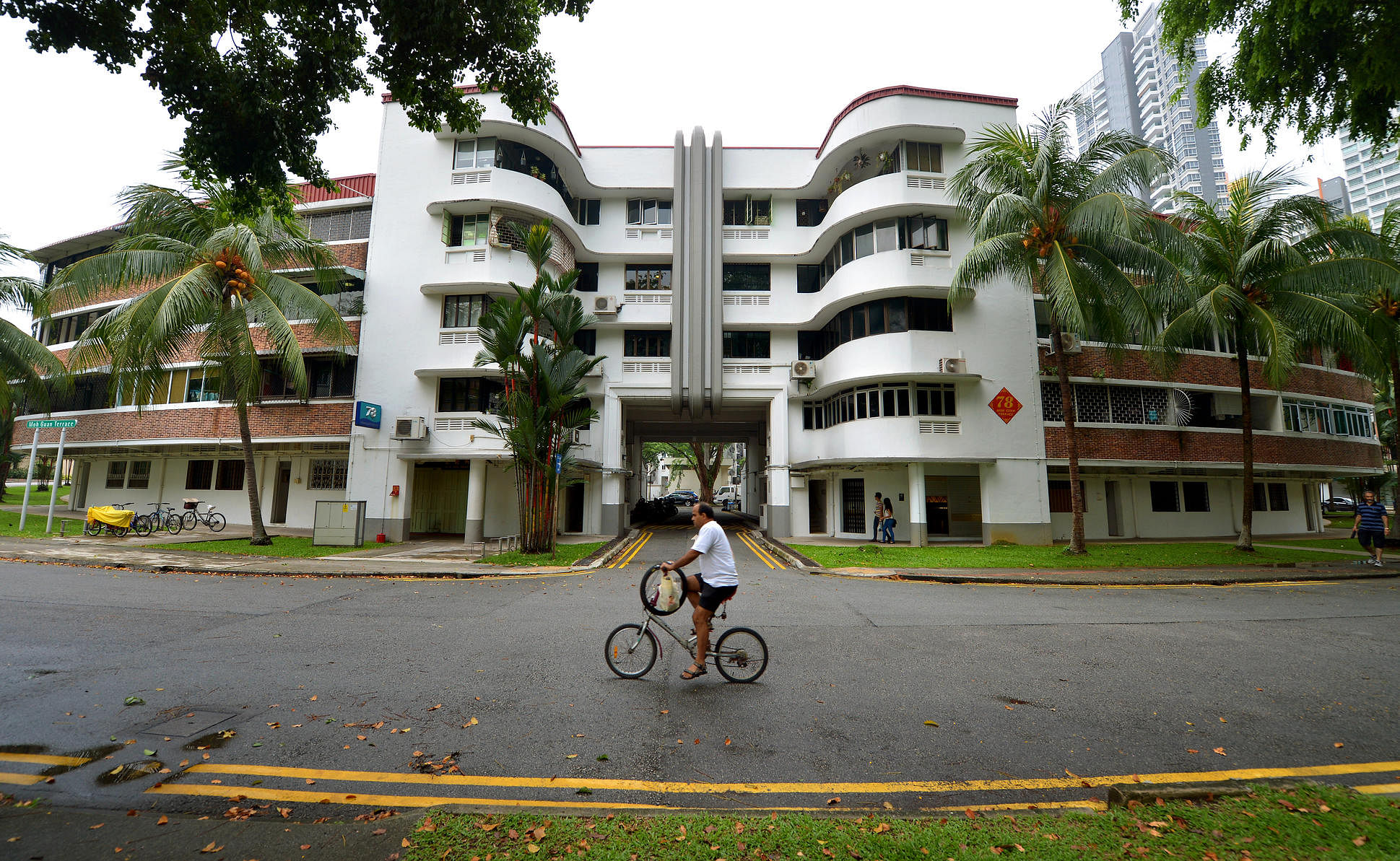
Block 78, a art-decor pre-war development, has three street names attached to it. Built in 1936 by the British, the U-shaped, four-storey block is in the heart of Tiong Bahru.
And depending on which side of the block you are at, the address will be different.
Flats in the centre of the block have the address 78 Moh Guan Terrace.
Those on the west side have the address 78 Yong Siak Street, while those on the east have the address 78 Guan Chuan Street.
It was gazetted by the URA as a conservation area in 2003.
